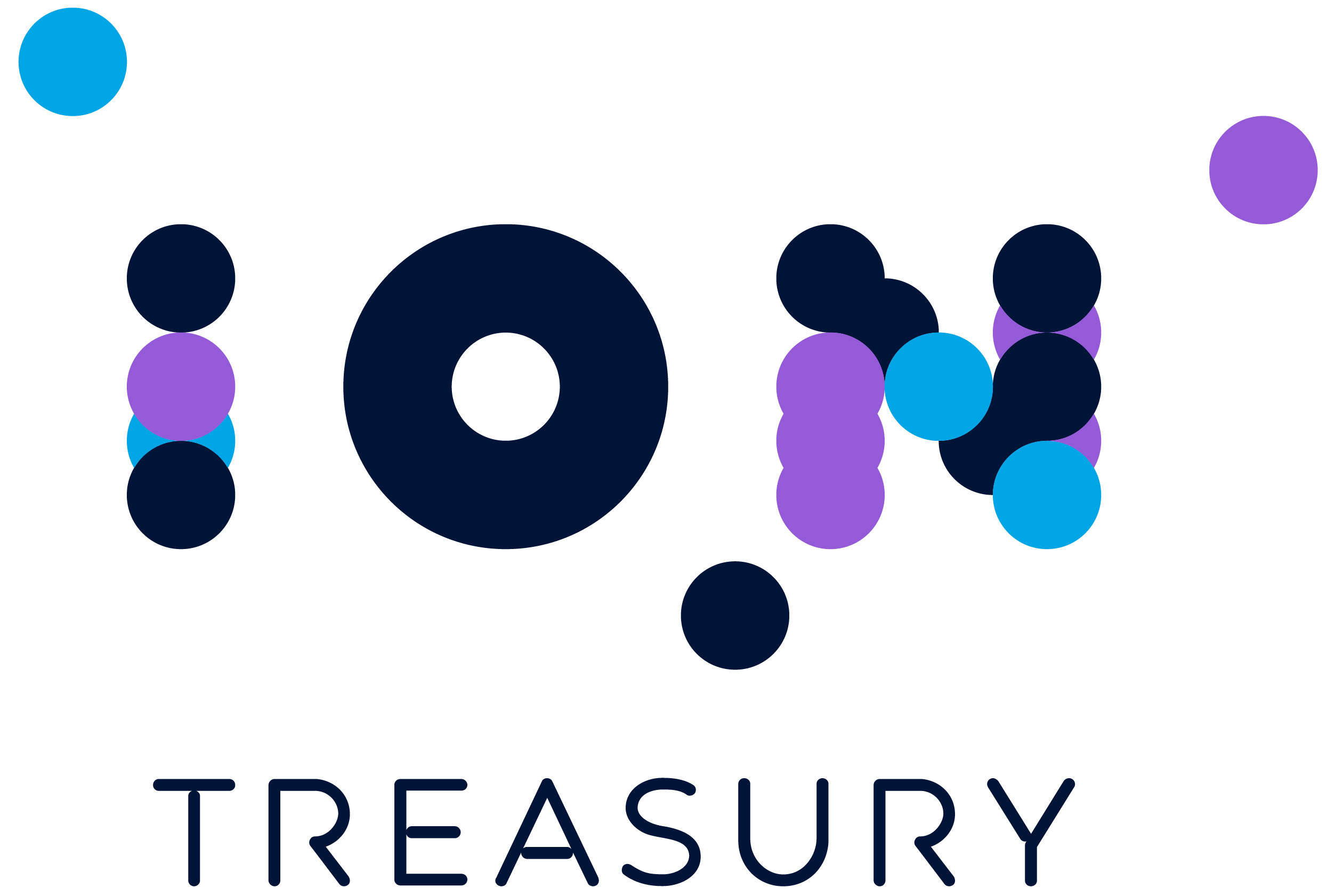Are you trading securities? – Global impact in 2024 through SEC’s T+1 settlement change is coming
The world of finance is constantly evolving and requires efficiency.
The US Securities and Exchange Commission (SEC) is implementing a change that will transform the way securities transactions settle – the move to a T+1 settlement cycle.
This adoption will be effective 28 May 2024 for all US securities transactions that settle through the Depository Trust Company (“DTC”) and globally for everyone who trades US securities.
The same adjustment will occur in Canada and Mexico, effective 27 May 2024.
What does “T+1 settlement” mean?
Securities trading needs time. The settlement cycle refers to the period between the trade date execution (T) and the settlement date (S), when ownership and payment of the securities are exchanged.
Since September 2017, the US has been operating on a T+2 settlement cycle, meaning that it takes two business days for a trade to settle.
The move to a T+1 settlement cycle represents a significant reduction in time. With T+1, transactions will be settled just one business day after the trade occurs. The change is going to happen on 28 May 2024 in the US and 27 May 2024 in Canada and Mexico.
The UK, Australia, and European countries are still on T+2, but closely following the US and Canada/Mexico. India has already switched and wants to introduce a same-day market before the end of the fiscal year ending March 2024.
| In May 2024 | Friday, 24 | Saturday, 25 | Sunday, 26 | Monday, 27 | Tuesday, 28 | Wednesday, 29 | Thursday, 30 |
| Canada/ Mexico Settlement Cycle | Last T+2 Trade Date | Conversion Weekend | Conversion Weekend | First T+1 Trade Date | Double Settlement Date | Trade and settle T+1 | Trade and settle T+1 |
| US Settlement Cycle | Last T+2 Trade Date | Conversion Weekend | Conversion Weekend | Conversion Weekend (Markets closed) | First T+1 Trade Date | Double Settlement Date | Trade and settle T+1 |
Why is the change happening?
The factors for the SEC move are:
- Risk reduction: A shorter settlement cycle reduces the counterparty risk, the risk that one party may fail to meet their obligations in a transaction. This increased speed enhances the stability and security of the market.
- Liquidity efficiency: T+1 settlement allows capital to be freed up more quickly, making it available for other investments or uses. This improves the overall liquidity of the market.
- Technological advancements: Advances in financial technology have made it easier to process and settle transactions more quickly and securely.
- Global standardization: Aligns US and Canada/Mexico with global settlement practices, promoting stability and harmonization across international markets. This would allow cross-border trading to be more easily facilitated.
How will companies who trade securities benefit?
The move by the US and Canada/Mexico to a T+1 settlement cycle brings several noteworthy benefits:
- Lower market risk: A shorter settlement period reduces exposure to price fluctuations. Potentially preventing trade failures by contributing to a more reliable and trustworthy market.
- More stability: T+1 reduces the risk of one party failing to meet its obligations, enhancing market stability. Lowering this risk of financial disruption strengthens confidence among market participants.
- Liquidity improvement: Capital is freed up faster, allowing market participants to deploy their funds more efficiently.
- More efficient operations: A shorter settlement cycle streamlines post-trade processes by minimizing the need for extensive margin requirements. This contributes to operational efficiency and cost savings.
What challenges are arising?
The adoption of the new T+1 settlement cycle by the SEC brings forth a set of challenges for market participants.
- Operational adjustments are paramount, requiring firms to reconfigure existing processes and systems to accommodate the accelerated settlement timeframe. Upgrading technological infrastructure poses a substantial hurdle, especially for smaller entities with limited resources.
- Back-office functions, including trade confirmation and reconciliation, may experience an increased workload, straining resources.
- The compressed settlement cycle also needs efficient margin and collateral management to meet regulatory requirements and ensure sufficient funds are available for settlement.
- Legal and contractual adjustments may need modification to reflect the shortened settlement timeframe, posing legal challenges in renegotiating terms with various counterparties.
These are a few of the challenges that market participants must address. Balancing these considerations with cost implications and ensuring regulatory compliance adds layers of complexity to the transition toward T+1 settlement.
A thorough and strategic approach to these challenges will be necessary for a smooth and successful implementation. It’s important for market participants to proactively address these challenges through comprehensive planning, collaboration with industry stakeholders, and a phased approach to implementation.
How can ION support companies’ treasury teams?
With 27/28 May 2024 coming closer, companies need to analyze their impact, making sure to prepare for the changes in the settlement cycle.
ION offers a portfolio of Treasury Management Systems (TMS), which play a crucial role in facilitating faster settlement.
- Optimizing payment processes and speeding up workflows.
- Providing total visibility of the current company stage and cash forecasting.
- Facilitating an effective trade settlement capture strategy and usage of freed-up liquidity.
Here is how:
ION’s TMS provide real-time visibility into cash positions and movements. With T+1 settlement, transactions settle more quickly, and a TMS ensures that treasury teams have immediate access to accurate and up-to-date information on available funds.
Also, TMS systems are instrumental in cash-flow forecasting. The transition to T+1 settlement enhances the accuracy of cash-flow forecasts as it reduces the time between the trade execution and settlement. This allows treasury teams to make more informed decisions based on timely and reliable data.
Faster settlements also mean reduced funding costs for market participants. A TMS enables treasury professionals to optimize liquidity and allocate funds more efficiently. With a shortened settlement cycle, they can potentially reduce the need for excess liquidity buffers. Treasury teams can monitor and manage the intraday liquidity effectively, ensuring that funds are available when needed and minimizing the impact of market volatility on liquidity positions.
ION’s solutions automate various treasury processes, including payment initiation and reconciliation. With T+1 settlement, the faster pace of transactions is seamlessly integrated into the workflow, reducing manual intervention, and enhancing overall operational efficiency. A TMS aids in identifying and mitigating risks by providing timely information on unsettled transactions, allowing treasury professionals to proactively manage and hedge against potential exposures.
A TMS is a central component in optimizing treasury operations and capitalizing on the benefits of a T+1 settlement cycle. It empowers treasury teams to manage cash, liquidity, and risk more effectively in the context of faster and more dynamic securities settlements.
Conclusion
The adoption of a T+1 settlement by the SEC marks a significant step towards a more efficient and competitive financial market. This change reflects not only the evolution of technology, but also the commitment of regulators to adapt to the needs and demands of the industry.
While T+1 settlement offers numerous benefits, it also presents challenges that market participants will need to address. These challenges include adjustments to trading strategies, risk management, and back-office operations. Careful planning and the support of innovative technologies is key. ION is here to support. The transition to T+1 settlement can be a smooth and profitable one for the industry.
Key Takeaways
- The market needs the reduction of risks and the increase of efficiency.
- In May 2024 in the US, Canada and Mexico, the settlement cycle for trading securities will be changed from T+2 to T+1.
- The advancements in technology reduce the needed settlement cycle time. Market participants benefit from having liquidity faster.
- Impacted companies should start to analyze and prepare for the change using technology.

Don't miss out
Subscribe to our blog to stay up to date on industry trends and technology innovations.


